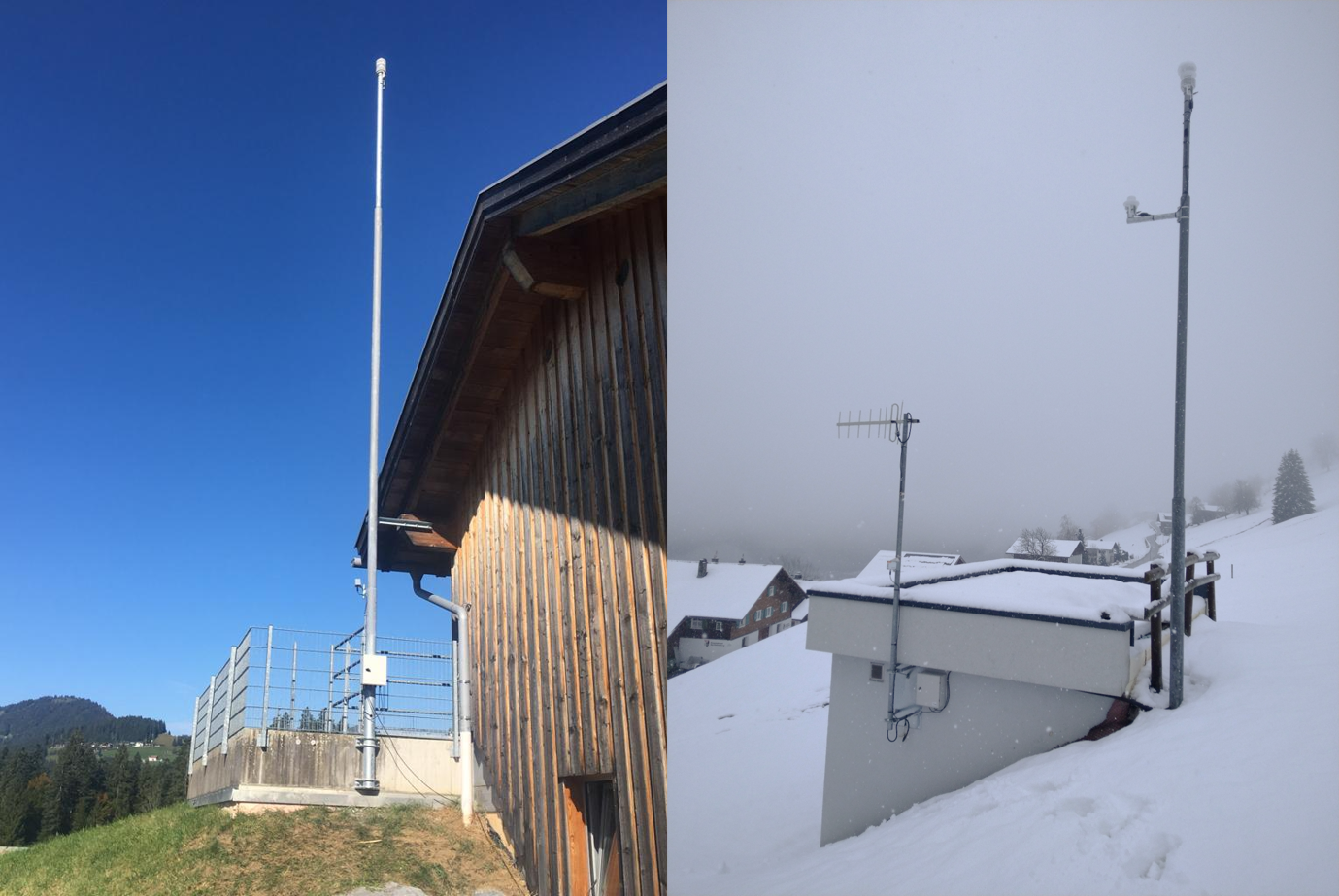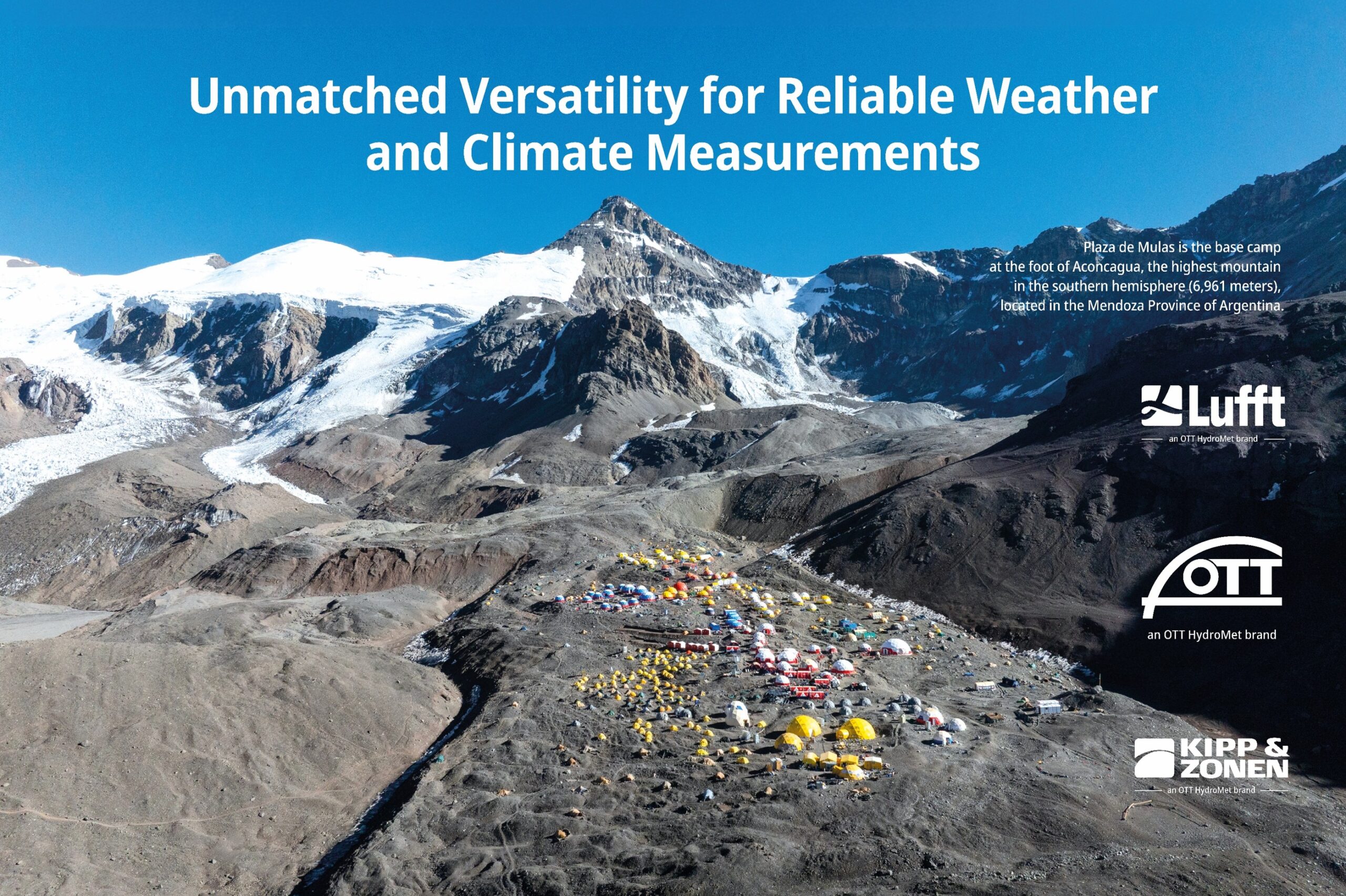In Austria, a pioneering network of 1,000 modern weather stations is being established to set new standards in local weather forecasting. In cooperation with two weather services, the telecommunications provider Drei Austria, together with Metrilog Data Services GmbH and Meteologix AG led by weather expert Jörg Kachelmann, is bringing this technology across the entire country – with the goal of collecting weather data where it is truly needed.
Region Seefeld: A Model Rollout
After a successful proof of concept in Vorarlberg, the rollout began in summer 2025 in the Seefeld region of Tyrol. The high plateau at 1,200 meters, surrounded by five villages, exemplifies how weather conditions can vary greatly within a small area. “In winter, one station recorded snow and cold, while another was dry and warm,” reports Elias Walser, Managing Director of the Seefeld Tourism Association.
The high density of measurement points improves not only current weather data but also forecasting models. Especially in alpine terrain, the onset of precipitation can be pinpointed much more accurately in time and space – a real benefit for the tourism industry and its guests.
Technology That Builds Trust
The weather stations are equipped with high-quality sensors from LUFFT – including models WS600, WS501, and WS100. These sensors reliably measure temperature, precipitation, wind, humidity, and other meteorological parameters. They comply with international standards for professional weather observation, as recommended by the World Meteorological Organization (WMO).
More Knowledge, Better Decisions
Meteorologist Jörg Kachelmann, one of the project partners, emphasizes: “If you want to forecast locally, you must also measure locally.” The new stations enable highly precise local forecasts through a fine-grained 1×1-kilometer model and intelligent statistical modeling.
Benefits for Tourism, Agriculture, and Safety
The weather data is not only valuable for meteorologists – tourism regions, farmers, and insurance companies benefit directly. Christian Kohl, Head of the Enterprise Division at Drei, sees significant potential: “Tourism urgently needs reliable weather data.”
In the Seefeld region, five new stations are already being installed. Elias Walser welcomes the development: “More data means better forecasts – and that helps both our guests and local planning.”
“Weather influences 20 to 30 percent of guest flows – sometimes even half. More accurate forecasts are therefore crucial,” Walser stresses. Guests can plan activities better, and businesses such as cable cars, hotels, or mountain huts benefit from optimized staffing and resource planning.
The collaboration is based on a clear principle: the tourism region provides suitable locations and electricity, while Drei supplies the weather stations free of charge. Installation is simple: “Plug-and-play – a power socket and a mounting option are all you need.”
Innovation: Weather Data Meets Mobile Network Analytics
A unique feature of Drei Wetter is the optional link between weather data and movement analyses from mobile network data. This allows guest behavior and weather to be correlated – a huge advantage for event planning and targeted visitor management. In addition, local measurements make an important contribution to climate monitoring and provide objective facts in an area often dominated by subjective impressions.
Conclusion: Technology That Makes a Difference
The new weather stations are more than just measuring points – they are a key building block for modern, local weather intelligence. Whether for precise snow warnings, storm forecasts, or event planning: the future of weather forecasting begins right on our doorstep – with reliable LUFFT sensors and a dense measurement network across Austria.
With Drei Wetter, the Seefeld region is being re-mapped meteorologically. Precise local data replaces vague forecasts and creates real added value for guests, businesses, and the entire tourism industry. “I can say with 100 percent certainty: it’s surprising what the data reveals – things you would never have imagined,” concludes Elias Walser.



